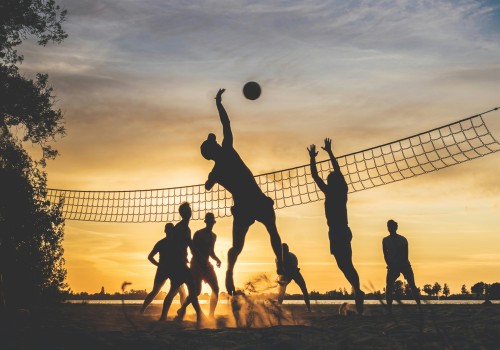Playing sports to improve well-being


Engagement in physical activity amongst young people has declined significantly in recent years. Several factors explain this disengagement, including fatphobia, which is a major barrier.
Young people may be discouraged from engaging in physical activity for fear of being judged or receiving inappropriate comments about their weight.
Creating inclusive learning environments that value bodily diversity is essential. This will help combat fatphobia and enable all young people to thrive through physical activity.
What is fatphobia?
Fatphobia is mainly based on prejudices and false beliefs that society has about fat, or overweight, people1.
For example, more than half of Quebecers believe that if a person is fat, it is because they eat too much or badly or because they do not do enough physical activity. However, physical activity and diet are not the only factors that influence weight and health. Genetics, socioeconomic status, psychological state, or the use of certain medications are just as important to consider.
The consequences of fatphobia on health and well-being
Fatphobia is a real obstacle to adopting healthy lifestyle habits such as physical activity. It may also cause young people to experience:
-
Low self-esteem
-
Body dissatisfaction
-
Social isolation
-
Increased risk of eating disorders
-
Psychological distress
All of these consequences greatly affect the health and quality of life for youth struggling with these feelings.
Fatphobia: A Barrier to Physical Activity Among Youth?
Adolescence is a time when physical appearance and body image become sensitive subjects. This is even more true with access to social networks, which encourage social comparison. In the context of physical activity, social and cultural norms that value thinness can cause some young people to feel vulnerable and anxious about their body image.
Places where youth can engage in physical activity, sports, and leisure activities often perceived as positive options for health and well-being. However, these environments can also become harmful for young people whose physique does not correspond to the athlete's body “standards.”
For example, being chosen last for a team can lead the young person to avoid physical activity for fear of being discriminated against again. This phenomenon of self-exclusion is worrying, because the young person who withdraws from all physical activities may never develop a positive relationship with them. This can also impact the behaviors and habits they will adopt as adults.
A young person who is mocked or discriminated against because of their weight in a context of physical activity may develop a negative perception of their physical abilities.
How can we make environments more inclusive for young people to thrive?
In order for young people to develop a positive relationship with their bodies and physical activity, it is essential to create inclusive and weight-friendly experiences and environments. This starts with schools, sports, summer camps, and at home, which must be safe spaces where mockery and comments about weight are not tolerated.
A first step would be to train and raise awareness among those who work with young people so that they can recognize fatphobia and intervene when it arises. Adults who act as role models for young people need to be aware of the impact of their words and behaviours. These can directly influence the way young people perceive their bodies and their relationship to physical activity.
What's more, in a physical activity context, activities should be varied and adapted to the skill level of all young people. This helps them develop a sense of autonomy and competence, and motivates them to be more active on a daily basis.
Valuing bodily diversity and building on young people's strengths, achievements, and qualities is a way of encouraging them to flourish through physical activity, whatever their body type.
References
Collectif Vital, La grossophobie, une réalité bien présente au Québec
Collectif Vital, Enjeux liés au poids
Table québécoise sur la saine alimentation, Grossophobie et image corporelle : S’outiller pour mieux intervenir
ÉquiLibre, Pour une image corporelle positive








